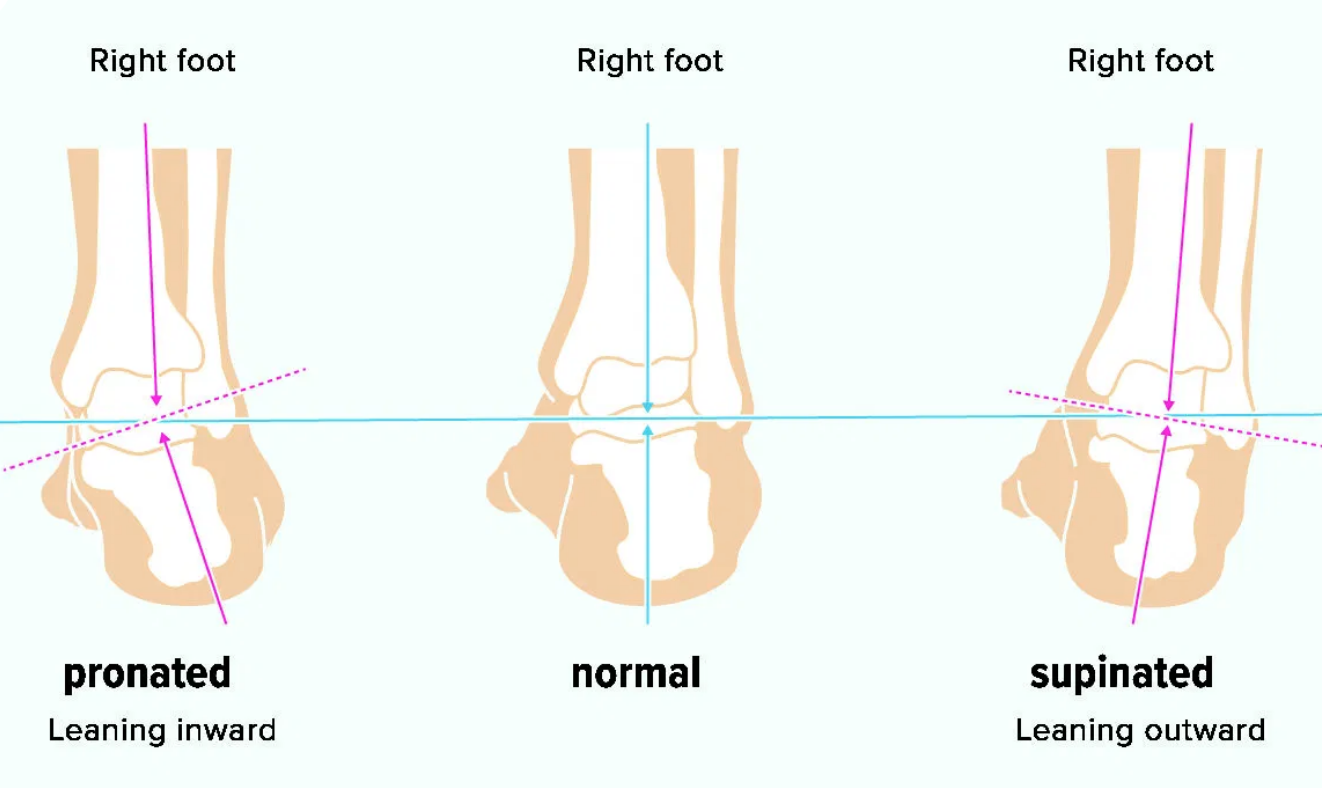How the Sciatic nerve and foot are related!
How the Sciatic nerve and foot are related!
Tommy Conway, Chartered Physiotherapist and Director at OneHEALTH, Physiotherapy Clinic Tullamore.
Do you understand the relation between your feet and your sciatica pain? Did you ever hear someone saying “flat feet can affect your back” and wonder how it can? Have you suffered from sciatica and plantar fasciitis? For most people I help in my clinic they are amazed at how different parts of the body link up, they are amazed at how a problem at the foot can work it’s way up the body and cause sciatica. A common situation I encounter at OneHEALTH, is a client with a sciatica issue. I will start asking about previous medical history and they will say “I had plantar fascia or a heel problem before.” These two conditions are linked and I am going to explain how.
What way does the foot move?
The series of joints link as so, foot to knee, knee to hip, hip to spine. I personally look at the hips as the foundations for the spine, the hips will dictate the position of the spine. Do you know what dictates the position of the hips? You guessed it, the foot!
There are two different positions that your foot should get into when walking, Supination and Pronation. See the picture below so you can understand what is happening in each.Simply put when you pronate your foot you get length into your plantar fascia (Plantar) muscle which allows your arch to flatten. When you supinate your foot, your plantar muscle gets short and forms a higher arch. I like to think of this as going “up the stairs and down the stairs”. You need supination to go up and pronation to go down. People who have sciatica and heel pain are never afraid of going up, they are only afraid of going down!

How is the foot related to the hip?
There are two motions of the hip that we are going to focus on, INTERNAL rotation and EXTERNAL rotation. Look at the picture below, INTERNAL rotation is when the major leg bone (Femur) is turning inwards towards the middle of your body, this will cause the heel to turn out. Now EXTERNAL rotation is when the major leg bone (Femur) turns away from the middle of the body, this will cause the heel to turn in.

|
Pronation = |
Hip internal rotation |
|
Supination = |
Hip external rotation |
How does the plantar fascia relate to the and hip?
The plantar fascia is the muscle that is at the base of your foot, this muscle can get irritated and cause a lot of pain especially in the morning, with most people limping and unable to put their heel to the ground. It has an important relationship to the hip and in turn the sciatic nerve. The Plantar fascia is predominantly stuck in a shortened state when it becomes painful, so in the table below I have shown you what position the foot and hip are in when the plantar is short and long.
|
Pronation = |
Hip Internal rotation |
= Plantar long |
|
Supination = |
Hip External rotation |
= Plantar short |
How does the foot relate to the sciatic nerve?
The sciatic nerve runs down through the base of the hip and is surrounded by muscles that externally rotate the hip. In picture 1 you can see the route of the sciatic nerve (In purple), travelling through the pelvis and down. The leg. In picture 2 the nerve is surrounded by the muscles that externally rotate your hip, which also causes supination of your foot. In the third picture you cannot see the nerve because the muscles of the glute max which are closest to the skin fully cover the nerve. The muscles that surround the sciatic nerve cause external rotation of the hip, supination of the foot and plantar short.

So, you can imagine what you are lacking when this nerve is irritated or compressed from the muscles that surround it,Internal rotation of the hip, Pronation of the ankle and plantar length. I have summed this up in another table so it makes reading easier.
|
Pronation = |
Internal Rotation = |
Plantar long = |
Muscles Sciatic Nerve long |
|
Supination = |
External rotation = |
Plantar short = |
Muscles Sciatic nerve short |
In summary, you can directly see the relationship, you don’t need to be a physio or doctor to understand how your foot pain might be sciatica waiting to happen. This article will also clarify to a lot of people why they have so many one-sided issues. It will also make sense for you who has suffered with heel and foot pain to then go on and suffer from sciatica. So just ask yourself this question when you meet the stairs: Are you afraid of going up or going down?
In next week's article I will explain how shoulder pain is related to sciatica. I hope this article helps and if you have any questions please feel free to email me [email protected] or call 0858491137 and I will get back to you.


